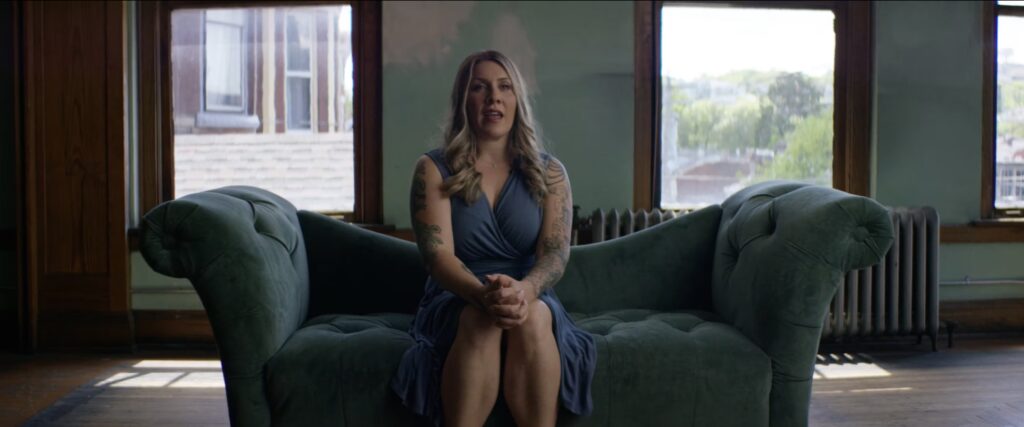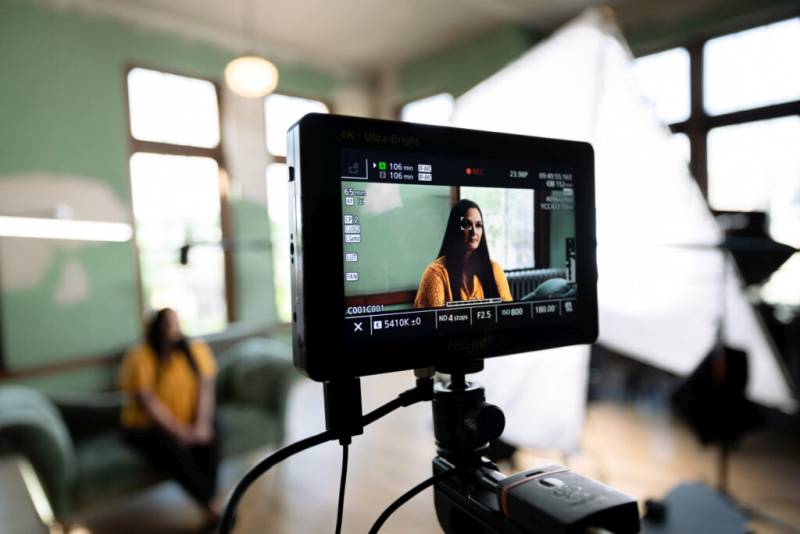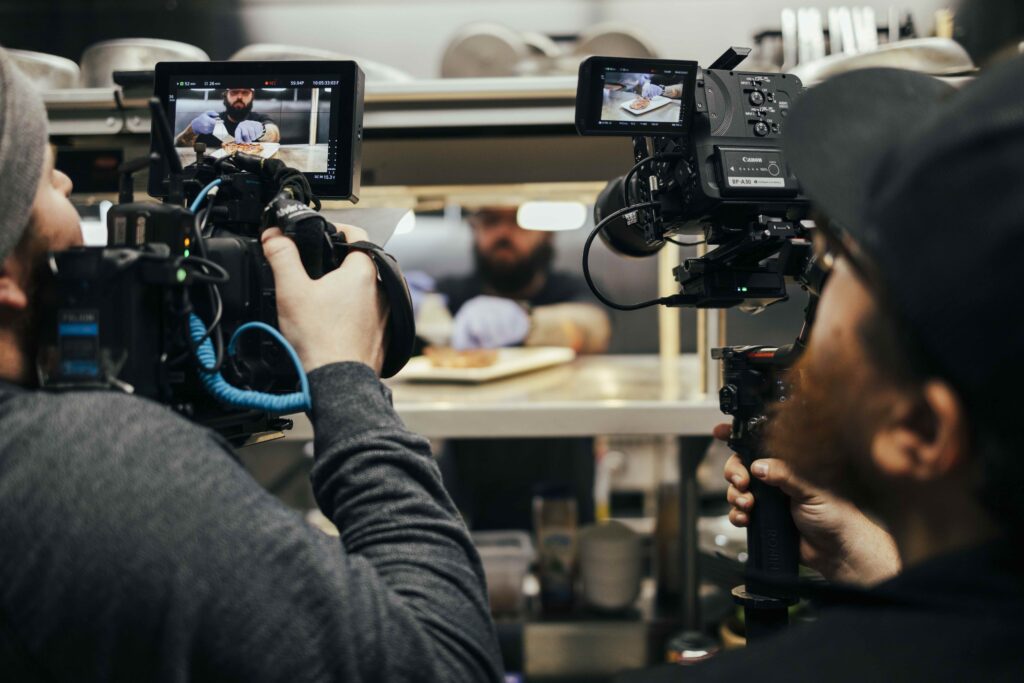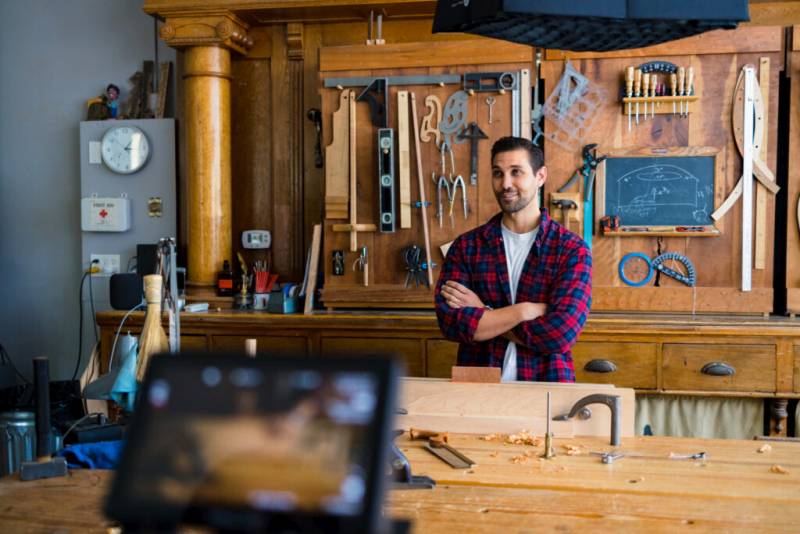TESTIMONIAL VIDEO PRODUCTION
A testimonial video is a powerful tool for showcasing the incredible talent and authenticity of your people. These videos offer a myriad of possibilities, serving as a versatile asset that can be utilized in various contexts. From recruitment efforts, internal communications, keynote addresses or promoting your business, testimonial videos drives your audience to action. With their ability to captivate, inspire, and convey genuine experiences, they provide an authentic platform for sharing the unique stories and perspectives of your organization.

The Five Advantages of a Testimonial Video

- Authenticity
Your audience will see and hear your people telling their own authentic stories and sharing their personal opinions on a topic of interest to
your audience. - Expertise
In many disciplines, it is an advantage to hear industry leaders & experts speak on important topics that lend credibility to your organization. - Relatability
Sometimes, an audience will quickly relate to someone like themselves over a professional actor. - Time Savings – In some cases, a testimonial video may not require as much time developing a creative, script and storyboard.
- Emotional engagement Hearing someone talk about their own lived experience can create deep empathy and therefore emotional engagement.
Testimonial Talking Head Video
Three Different Approaches to Testimonial Video
- Talking Head Only
A talking head video is an A-roll approach to film. It means that the only thing your audience sees is people answering questions and telling their story on camera. There is no b-roll where we see the visuals of what they are discussing. - Talking Head with B-roll Storytelling
In this approach will still hear and see a real person talking on camera, but it is supplemented with many relief shots that visually illustrate the words being spoken. B-roll visuals add interest and emotional engagement to the film. - Hybrid Testimonial
The advantage to this approach is a script and a voice-over artist telling the story while testimonials are selectively inserted into the narration. B-roll visuals are used when the voice-over is relaying information. Testimonial comments are inserted at various moments throughout the film to add personal emphasis to the script and showcase the people from your organization. This provides the concision and precision of a script with the emotional engagement of authentic people talking.

Testimonial Video with Storytelling B-roll
The Problems & Solutions of Testimonial Videos

Testimonials are too often chosen because they appear the easiest and least expensive option. However, for a well-produced video, that may not be true. Non-professionals do not act naturally once lights, cameras and filming equipment surround them. Professional actors thrive in such conditions because they have the skills to entertain and inform. Additionally, the average person may struggle to say something in a concise and precise manner. That can quickly become a nightmare for the editor, which in turn, may cost you more money for the additional editing days. Keep in mind that four hours of interviews means that it will take an editor four hours to simply view what was filmed and exponentially longer to edit it down to a 2-3 minute video. The longer it takes the interviewee to answer a question on camera, the longer your film becomes. This could result in boring your audience with endless run-on sentences.
Testimonial Storytelling for a Brand Video
To produce a compelling testimonial film, you will need a clear interview process that helps prepare those who are being interviewed on camera from your company. A seasoned, skilled producer will spend a great deal of time with you and your organization to determine the goals and objectives of the testimonial interviews. Additionally, they will likely pre-interview each of the candidates over the phone or through Zoom to understand the key points the interviewee may offer. Then the producer will produce an outline of the salient story elements each candidate has to contribute and create focused interview questions for you to review and edit prior to filming day(s). In this manner, you and the producer can partner to shape the structure of the film with these story elements before the filming begins. This results in a focused film that is both engaging and informative.

